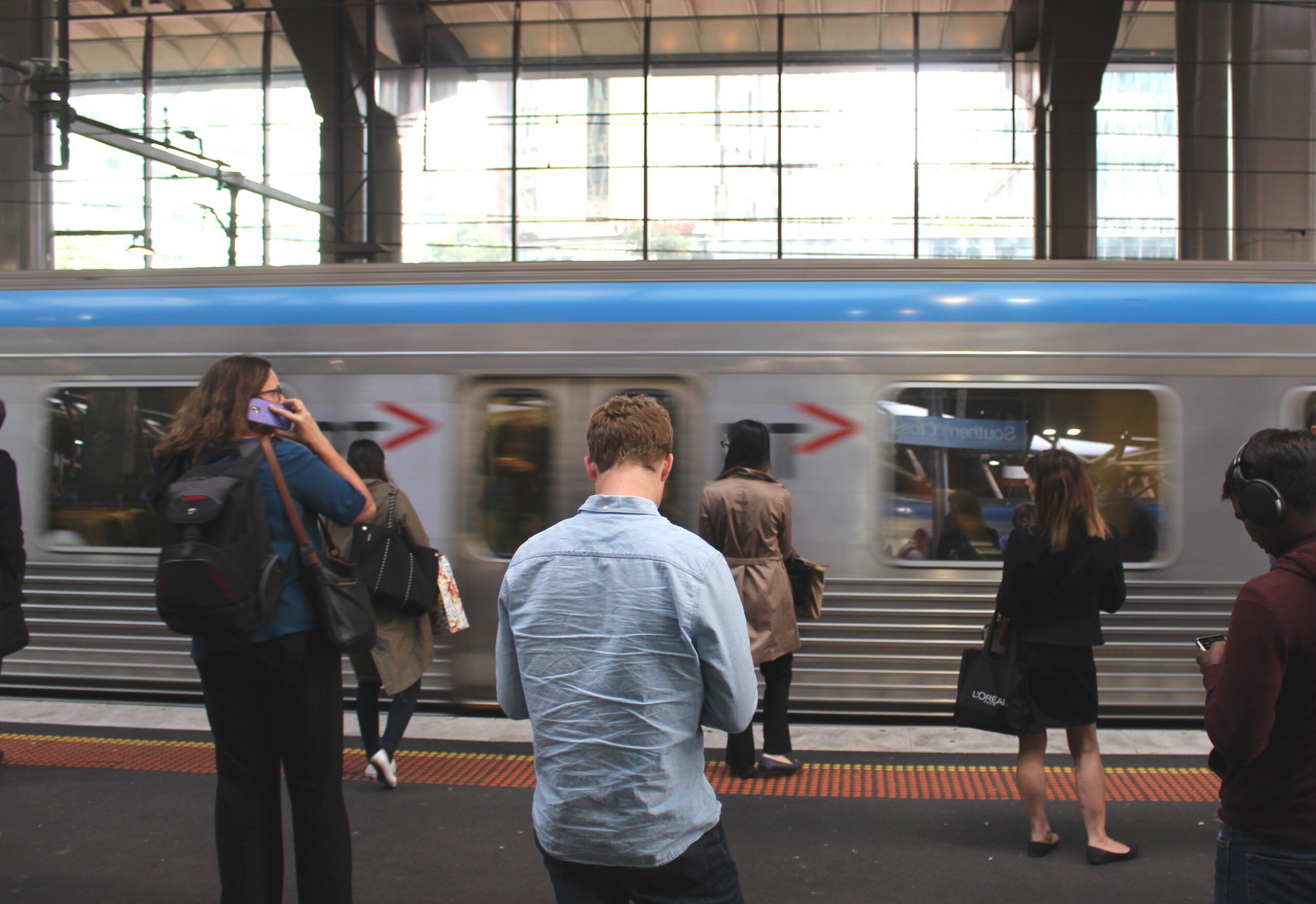The Federal Government should insist that State transport bureaucracies reform their planning processes in order to receive public transport funding, a Senate committee has concluded.
The Senate Rural and Regional Affairs and Transport Committee has released its report on investment in public transport infrastructure and services[1]. Among the statements in the report is that “Australian Government funding for transport initiatives should be conditional on reforms to state and territory transport and planning departments to create central coordinating agencies along the model of the Public Transport Authority of Western Australia.”
WA’s coordinating agency, popularly known as TransPerth, is an autonomous government body that plans train and bus routes, timetables and fares throughout Perth, using planning methods adopted from European systems. Perth built new train lines and integrated its train and bus services with an eye to the day-to-day needs of all travellers, not just CBD commuters. Between 1991 and 2006, the number of journeys to work by public transport in Perth increased by over 60%; faster than in any other Australian capital city. Perth also increased its mode share for public transport journeys to work over this period, and it was the only Australian capital city to do so.[2]
“Perth has made incredible gains in relative terms when other cities haven’t, and it’s done so by adopting world’s best practice in planning its network,” said Daniel Bowen, president of the Public Transport Users Association. “In no other city has public transport use grown faster than car use, even with recent patronage gains.”
Mr Bowen said the Senate report laid the blame for poor performance with bad approaches to planning and management. “With the exception of Perth, public transport in Australian cities is poorly managed: either by a State bureaucracy as in Sydney, or by a privatised bureaucracy as in Melbourne. Buses aren’t timed to meet trains, frequencies in the suburbs are too low to attract people out of cars, and even with the new willingness to invest funds in urban rail, we’re failing to use our existing rail infrastructure effectively to reduce the overcrowding present in peak-hour and at other times.
“The Senate report says that regardless of who runs the services, if they’re not being properly coordinated at a high level centrally, they’re not going to provide people with the transport service they need.”
The adoption of network planning agencies by other State governments would be a win-win, Mr Bowen said. “Such agencies would be a real break from unhelpful past practices. Unlike the bureaucracies we have now, public transport management needs a new pro-passenger culture, and to involve the community in decision making. We’ve seen it work in Perth: it’s time to roll it out Australia-wide.”
* * *
NOTES
[1] The full Senate report is available at
www.aph.gov.au/senate/committee/rrat_ctte/public_transport/
[2] 1991-2006 change in percentage of journeys to work by public transport
Sydney -14.5%
Melbourne -12.0%
Brisbane -3.5%
Adelaide -13.2%
Perth +8.3%
Hobart -22.9%
Canberra -20.2%
Source: Australian Bureau of Statistics, Census data 1991 and 2006.

